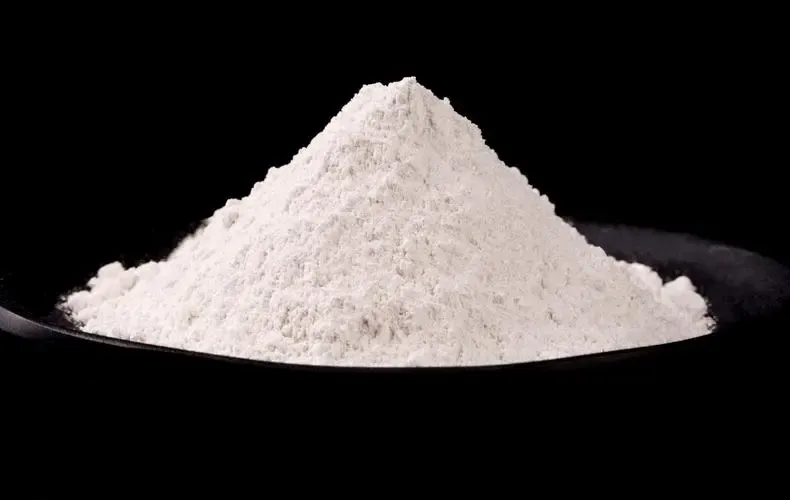
ธ.ค. . 11, 2024 11:12 Back to list
titanium iv oxide factory
Titanium IV Oxide Factory A Cornerstone of Modern Material Production
In the ever-evolving landscape of manufacturing, the production of advanced materials plays a pivotal role in various industries. Among these materials, titanium IV oxide (TiO2) stands out due to its unique properties and versatility. This white pigment not only enhances the brightness and durability of products but also serves as a critical compound in the production of ceramics, plastics, and even solar cells. This article delves into the functions, manufacturing processes, and significance of a titanium IV oxide factory in today’s industrial environment.
The Importance of Titanium IV Oxide
Titanium IV oxide is known for its superior opacity and brightness, making it an essential ingredient in the production of paints, coatings, and other materials. It is regarded as one of the most effective white pigments in the world, significantly increasing the aesthetic appeal and longevity of products. Beyond its application in pigments, TiO2 is also widely used in photocatalysis, water treatment, and electronics, where its semiconductor properties become advantageous.
Moreover, as global environmental concerns grow, TiO2's role in photocatalytic applications garners attention. This compound can effectively break down pollutants when exposed to UV light, thus contributing to cleaner air and water. Such multifunctional applications highlight the necessity for a robust titanium IV oxide production facility to meet the rising demand across various sectors.
The Manufacturing Process
The production of titanium IV oxide involves several complex stages, predominantly using two methods the sulfate process and the chloride process.
1. Sulfate Process This method begins with the mining of titanium-bearing ores, such as ilmenite or rutile. The ore is treated with sulfuric acid, resulting in the formation of titanium sulfate. This solution is then hydrolyzed to yield titanium hydroxide, which is subsequently calcined (heated) to produce titanium IV oxide. While this process is straightforward and effective, it tends to generate a substantial amount of waste.
titanium iv oxide factory

2. Chloride Process This more recent and environmentally friendly method involves converting titanium ores into titanium tetrachloride (TiCl4) using chlorine gas. The TiCl4 is then purified through distillation and finally oxidized at high temperatures to yield titanium IV oxide. Though this technique is costlier, it produces a higher quality product with fewer byproducts, making it increasingly popular among manufacturers.
Both processes have their pros and cons, but the choice between them often depends on the specific requirements of the desired product, environmental regulations, and cost considerations.
Challenges in Production
The manufacturing of titanium IV oxide is not without its challenges. Environmental issues related to waste management and resource extraction are increasingly scrutinized, prompting manufacturers to innovate and adopt more sustainable practices. The shift towards greener production methods, including the use of renewable energy sources and recycling, is becoming a priority for titanium IV oxide factories around the globe. Additionally, fluctuations in the supply of raw materials and market demand for final products can impact production stability and profitability.
Future Prospects
Looking ahead, the titanium IV oxide market is anticipated to grow, driven by the increasing demand for high-performance materials globally. Industries such as construction, automotive, and renewable energy are expected to contribute significantly to this growth. The rise of electric vehicles, for instance, which require high-efficiency batteries, presents new opportunities for titanium IV oxide applications. In addition, innovations in nanotechnology and biomaterials could further expand the horizons for TiO2.
Conclusion
The titanium IV oxide factory serves as a cornerstone in the global materials science landscape, ensuring the continuous supply of this indispensable compound. As industries evolve and the demand for advanced materials grows, these factories must adapt to meet not only the quality and efficiency expectations but also the environmental standards imperative in today’s manufacturing environment. By embracing sustainable practices and innovative technologies, titanium IV oxide production can continue to thrive, contributing to a cleaner, brighter future across multiple sectors.
-
China Lithopone in China Supplier – High Quality Lithopone ZnS 30% Powder for Wholesale
NewsJun.10,2025
-
Top China Titanium Dioxide Company – Premium TiO2 Powder Supplier & Manufacturer
NewsJun.10,2025
-
Fast Shipping 99% Pure TiO2 Powder CAS 13463-67-7 Bulk Wholesale
NewsJun.10,2025
-
Top China Titanium Dioxide Manufacturers High-Purity R996 & Anatase
NewsJun.10,2025
-
Lithopone MSDS Factories - Production & Quotes
NewsJun.10,2025
-
High-Quality Titanium Dioxide in Water Suppliers - China Expertise 60
NewsJun.09,2025
